If you own a solar system, you might wonder if it’s possible to enhance it by adding batteries. Incorporating storage solutions into your solar panel setup has become increasingly popular, boosting energy efficiency and reducing costs.
In this article, we’ll explore the benefits of adding batteries to your solar system, the considerations you need to keep in mind, and the different types of batteries available. We’ll also discuss sizing your battery bank, installation and integration, maintenance and monitoring, and ROI and financial considerations.
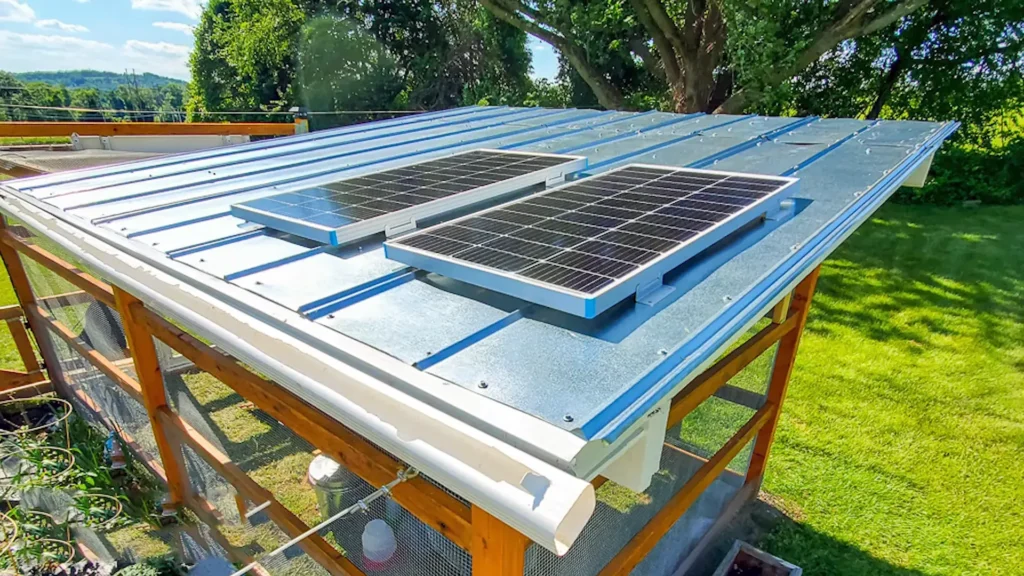
Key Takeaways
- Adding batteries can enhance the efficiency and reliability of your solar system.
- Before adding batteries, consider the compatibility of your existing setup, cost implications, and storage capacity required.
- Lead-acid batteries, lithium-ion batteries, and other emerging technologies are available for solar systems.
- Properly sizing your battery bank is crucial for optimal energy storage.
- Installation, maintenance, monitoring, and financial considerations are all important factors to take into account when adding batteries to your solar system.
Benefits of Adding Batteries to Your Solar System
Are you tired of being at the mercy of the utility companies? Adding batteries to your solar system can provide many benefits, including:
- Energy Independence: Store your excess solar energy for use during times of high demand or when the sun is not shining.
- Increased Efficiency: By storing energy, you can reduce your reliance on the grid and maximize the use of your solar panels.
- Reliable Power: In the event of a power outage, your battery backup system can keep your lights and essential appliances running.
- Savings: By reducing the amount of energy you draw from the grid, you can lower your utility bills and save money in the long run.
Adding batteries to your solar system can also help reduce your carbon footprint, as you rely less on the grid and more on renewable energy sources. Plus, with advances in battery technology, today’s systems are more efficient and cost-effective than ever before.
Considerations for Adding Batteries to Your Solar System
Before making a decision to add batteries to your solar system, it is crucial to consider various factors.
- Compatibility: One of the key considerations is determining whether your existing solar system is compatible with batteries. Certain solar systems may not be able to support battery storage due to the age, design, or capacity.
- Cost Implications: Adding batteries to your solar system may increase the upfront installation costs. However, it could also provide long-term savings by reducing your reliance on grid electricity, resulting in lower utility bills.
- Storage Capacity: The size of your battery bank will depend on your energy usage, storage requirements, and the level of backup power you need. Determining the adequate storage capacity is essential to ensure efficient and optimal energy storage.
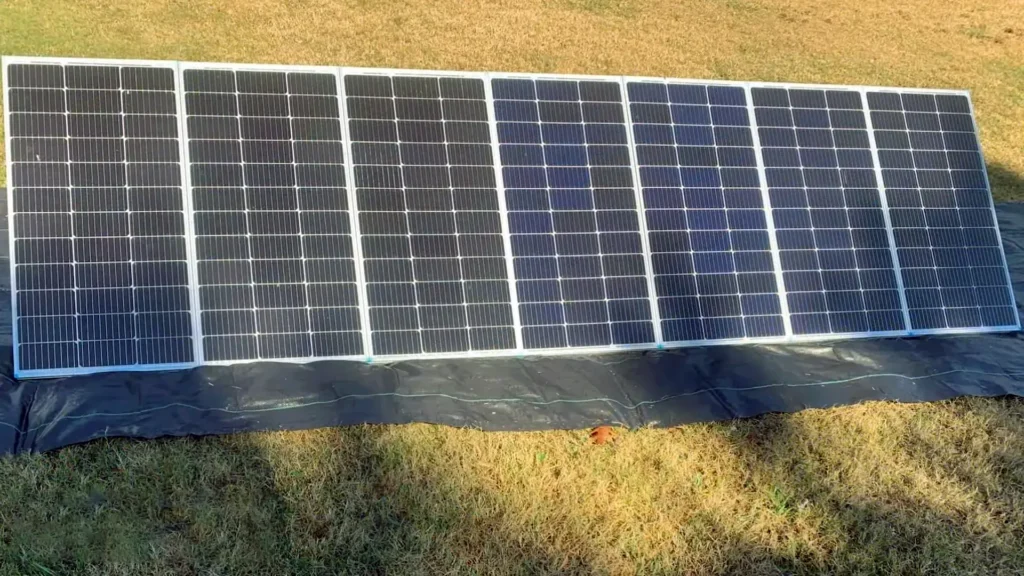
Considering the Compatibility
Consulting with a professional solar installer can help you determine the compatibility of your solar system with batteries. Modern lithium-ion battery systems are often best suited for new or existing photovoltaic (PV) systems, while older solar systems such as those that use lead-acid batteries may require replacement or significant upgrades.
Understanding the Cost Implications
The installation of batteries in your solar system will incur additional upfront costs. The total cost will depend on the type and capacity of the battery system you choose, as well as the level of integration needed. While the initial investment may seem daunting, adding batteries to your solar system can result in reduced dependency on grid electricity and lower utility bills in the long run.
Determining the Storage Capacity
The storage capacity of your battery bank should be carefully calculated based on your energy usage, storage requirements, and backup power needs. A professional solar installer can help you assess your specific energy needs and recommend the appropriate battery size and capacity.
Types of Batteries for Solar Systems
Batteries are an essential component of any solar system, enabling the storage and use of energy during periods of low sunlight. There are several types of batteries available, each with its own advantages and disadvantages.
Lead-Acid Batteries
Lead-acid batteries have been used for decades in various applications, including solar systems. They are affordable and reliable, making them a popular choice for off-grid setups. However, they have a lower lifespan and storage capacity compared to other options.
Lithium-Ion Batteries
Lithium-ion batteries are rapidly gaining popularity in the solar industry due to their high energy density and longer lifespan. They offer more extensive storage capacity and faster charging times. However, they are also more expensive than lead-acid batteries.
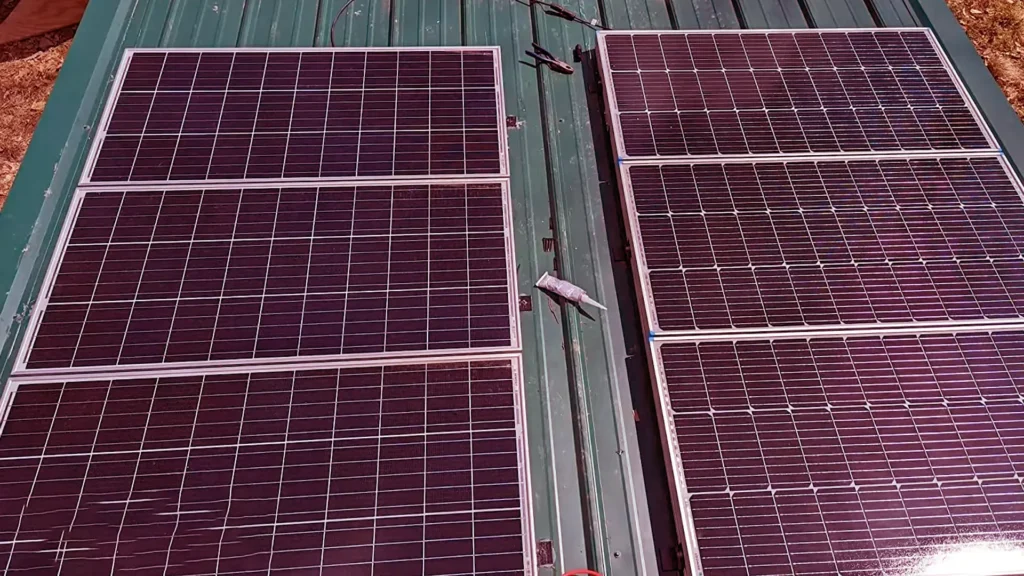
Other Emerging Technologies
Other battery types, such as flow batteries, sodium-ion batteries, and solid-state batteries, are still in the testing phase but show promise in terms of their efficiency, safety, and sustainability.
“Choosing the right battery type depends on various factors, including cost, lifespan, storage capacity, and environmental impact.”
Ultimately, the choice of battery type for your solar system depends on your specific energy needs, budget, and long-term goals. Proper selection and installation of batteries can help improve the performance and reliability of your solar setup.
Sizing Your Battery Bank
To ensure that your solar system is operating at peak efficiency, it’s essential to correctly size your battery bank. The size of your battery bank will depend on the energy consumption of your household and the amount of energy your solar panels produce. Here are the steps you need to follow:
- Start by calculating your average daily energy consumption. You can find this information on your monthly utility bill.
- Next, determine the total amount of energy your solar panels will produce each day. This can vary depending on factors such as weather conditions and the positioning of your solar panels.
- Calculate the number of days of backup power you want your battery bank to provide. This will depend on your personal preference and any potential power outages in your area.
- Multiply your average daily energy consumption by the number of days of backup power you want your battery bank to provide. This will give you the total energy storage capacity required for your battery bank.
It’s important to note that oversizing your battery bank can be just as detrimental as undersizing it. Oversizing can result in excessive energy storage and lead to unnecessary expenses.
By properly sizing your battery bank, you can ensure that your solar system runs smoothly, even when there’s limited sunlight. This will help you to maximize the return on your investment and enjoy the benefits of a reliable renewable energy source.
Installation and Integration
Adding batteries to your solar system requires careful installation and integration to ensure optimal performance. Here are the steps you need to follow:
Step 1: Assess Compatibility
The first step is to evaluate whether your solar system is compatible with battery storage. Check the specifications of your solar panels, inverters, and charge controllers to ensure they can handle the additional load. In some cases, you may need to upgrade your existing components to ensure compatibility.
Step 2: Select Battery Type
Once you’ve established compatibility, the next step is to choose the type of battery that best suits your needs. Lead-acid batteries are a popular choice due to their low cost, but Lithium-ion batteries are gaining popularity due to their higher energy density and longer lifespan.
Step 3: Determine Battery Bank Capacity
Determining the battery bank capacity requires calculating your energy usage, storage needs, and backup power requirements. You’ll need to consider factors such as the size of your home, the number of appliances you use, and the duration of power outages in your area.
Step 4: Wiring and Configuration
Wiring and configuring your battery bank requires expertise to ensure that your components are wired correctly, and the batteries are appropriately connected. Seek the help of an experienced solar installer to achieve optimal results.
Step 5: Monitor and Maintain
Finally, regular monitoring and maintenance of your battery storage system are essential to ensure it’s running at peak efficiency. This includes monitoring capacity levels, checking for signs of wear and tear, and ensuring that the connection is secure.
By following these steps, you’ll be able to seamlessly integrate battery storage into your existing solar system, unlocking the full potential of your renewable energy setup.
Maintenance and Monitoring
Proper maintenance and monitoring are essential for ensuring the longevity and efficiency of your battery storage system. Here are some key tasks to keep in mind:
- Regular inspections: It’s important to inspect your batteries often to ensure there are no leaks, cracks, or other damage. Check the connectors, cables, and terminals regularly as well.
- Cleaning: Keep your batteries clean and free of dust and debris. This will help prevent corrosion and damage to the terminals.
- Temperature control: Batteries perform best in moderate temperatures, typically between 20 and 30 degrees Celsius. Make sure your battery bank is not exposed to extreme heat or cold.
- Charge control: Overcharging and undercharging can both reduce the lifespan of your batteries. Implement a charge controller to optimize the charging process.
In addition to regular maintenance, monitoring your battery system is also crucial for identifying potential issues and ensuring optimal performance. Consider implementing a battery monitoring system to track the following:
- Battery status: Monitor the voltage, current, temperature, and state of charge of each battery.
- Energy production and consumption: Keep track of how much energy your solar system is producing and consuming to determine whether your battery bank is being utilized effectively.
- Alarm notifications: Set up alarms to alert you when there are issues with the battery system, such as low voltage or high temperature.
By implementing a regular maintenance plan and monitoring your battery storage system, you can ensure that your solar system operates optimally for years to come.
Return on Investment (ROI) and Financial Considerations
Adding batteries to your solar system constitutes a long-term investment that requires careful financial analysis. Understanding your return on investment (ROI) and the associated costs is essential before committing to this renewable energy solution.
ROI is calculated based on how much money you can save over the life of your battery storage system compared to the initial investment. The expected lifespan of your batteries and the cost of replacing them should also be factored into the equation.
Financial considerations may include the purchase or lease of batteries. Purchasing a battery bank can be costly, ranging from $4,000 to $40,000. Leasing may offer more affordable upfront costs, but you may still incur additional expenses related to installation and maintenance.
Financing options are also available for homeowners who may not have the funds to purchase a battery storage system outright. Loans, grants, and other incentives can help offset the costs of installation and equipment. Be sure to research federal, state, and local programs that support renewable energy initiatives.
| Financial Benefit | Explanation |
|---|---|
| Tax Incentives | You may be eligible for tax credits that can reduce the cost of installation by up to 30%. |
| Electricity Savings | Your battery storage system can offset peak energy usage, reducing your reliance on the electrical grid and associated costs. |
| Resale Value | Adding batteries to your solar setup can increase your home’s resale value, making it an attractive investment opportunity. |
Consider all of your financial options and the ROI potential before making the decision to add batteries to your solar system. Doing so will help you achieve energy independence, reduce costs, and improve the value of your home.
Conclusion
In conclusion, adding batteries to your solar system can significantly enhance your energy production and storage capabilities. By incorporating storage solutions, you can reduce your reliance on the grid and create a self-sustaining renewable energy setup. The benefits of adding batteries to your solar system extend beyond energy independence. You can also increase the efficiency and reliability of your system, improve your carbon footprint, and potentially save money in the long run.
However, before making the decision to add batteries to your solar system, it’s essential to consider the compatibility of your existing setup, the cost implications, and the storage capacity required. You’ll need to evaluate the different types of batteries available for solar systems, properly size your battery bank, and understand the installation and integration process, as well as the maintenance and monitoring requirements.
Overall, the decision to add batteries to your solar system is a significant one that requires careful consideration. By weighing the benefits against the factors outlined in this article, you can determine whether adding batteries is the right choice for you and take your renewable energy setup to the next level.
FAQ
Can I add batteries to my solar system?
Yes, you can add batteries to your solar system. Adding batteries allows you to store excess energy generated by your solar panels for later use, increasing your energy independence and providing backup power during outages.
What are the benefits of adding batteries to my solar system?
Adding batteries to your solar system offers several benefits. It allows you to optimize energy usage by storing excess solar energy and using it when needed. This helps reduce reliance on the grid, increases self-consumption of solar power, and provides power during blackouts. Additionally, batteries can help smooth out energy production by storing energy when the sun is abundant and discharging it during periods of low solar generation.
What considerations should I keep in mind when adding batteries to my solar system?
Before adding batteries to your solar system, there are a few important factors to consider. You need to assess the compatibility of your existing solar setup with battery integration, determine the storage capacity required based on your energy needs, and evaluate the cost implications. It’s also important to consider the lifespan of the batteries, their maintenance requirements, and potential challenges during installation and integration.
What types of batteries are suitable for solar systems?
There are different types of batteries available for solar systems. The most common options include lead-acid batteries and lithium-ion batteries. Lead-acid batteries are cost-effective but have shorter lifespans and lower energy density. On the other hand, lithium-ion batteries are more expensive initially but offer higher energy density, longer lifespans, and better performance. Other emerging technologies, such as flow batteries and saltwater batteries, are also being developed for solar systems.
How do I size my battery bank for my solar system?
Sizing your battery bank correctly is crucial for optimal energy storage. To determine the capacity you need, you should consider your energy usage patterns and storage requirements. Factors such as the size of your solar system, the number of days of autonomy desired (the number of days the batteries can power your home without sunlight), and your daily energy consumption will influence the sizing of your battery bank.
What is involved in the installation and integration of batteries into my solar system?
The process of installing and integrating batteries into your solar system involves several steps. It includes assessing your electrical system’s capacity to handle the additional load, ensuring proper wiring connections, and installing the necessary safety components. You may need to consult a professional solar installer or electrician to ensure a safe and efficient installation.
How do I maintain and monitor my battery storage system?
Regular maintenance is important to keep your battery storage system in optimal condition. This includes performing periodic checks for any signs of damage or wear, maintaining proper ventilation, and monitoring battery performance. Monitoring can be done through the battery management system provided with the storage system or through external monitoring devices. It’s recommended to follow the manufacturer’s guidelines for maintenance and monitoring.
What are the financial considerations and return on investment (ROI) when adding batteries to my solar system?
Adding batteries to your solar system involves an upfront cost, including the purchase of batteries and any necessary equipment. However, it can provide a return on investment over time. The ROI depends on various factors, such as the cost of electricity from the grid, the size of your solar system, your energy consumption, and available incentives. It’s important to evaluate the potential savings on electricity bills, payback periods, and any available financing options or incentives offered by local governments or utility companies.
What is the conclusion regarding adding batteries to my solar system?
In conclusion, adding batteries to your solar system can offer numerous benefits, including increased energy independence, backup power during outages, and optimized energy usage. However, before making a decision, it’s important to consider the compatibility, cost, and storage capacity required. Proper sizing, installation, maintenance, and monitoring are key to maximizing the performance and lifespan of your battery storage system. Evaluating the financial aspects and potential return on investment can help you make an informed decision.

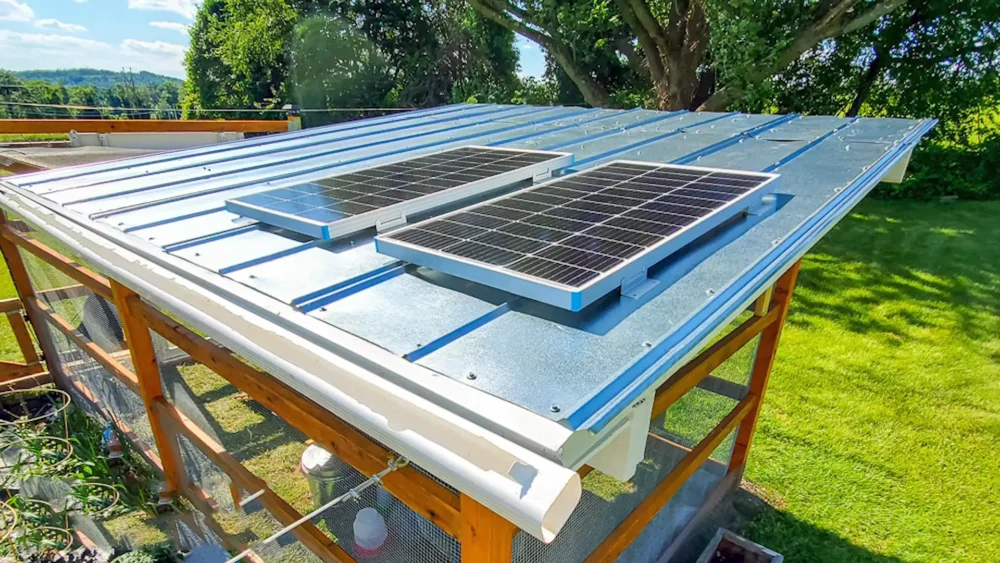



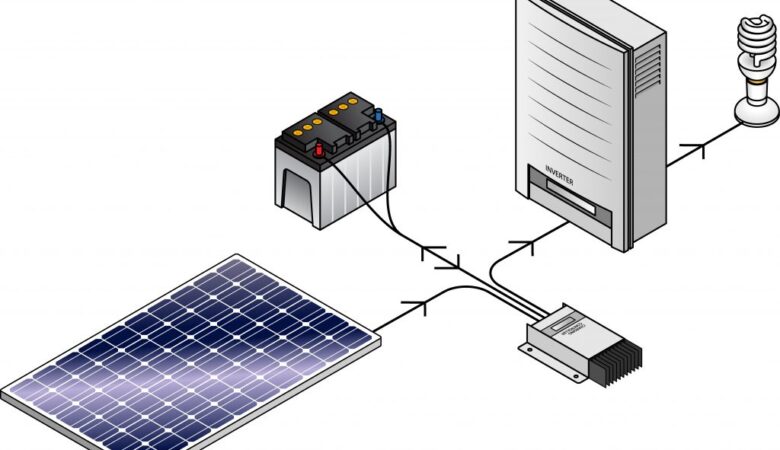



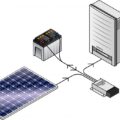

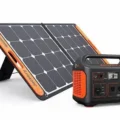
Leave a Reply